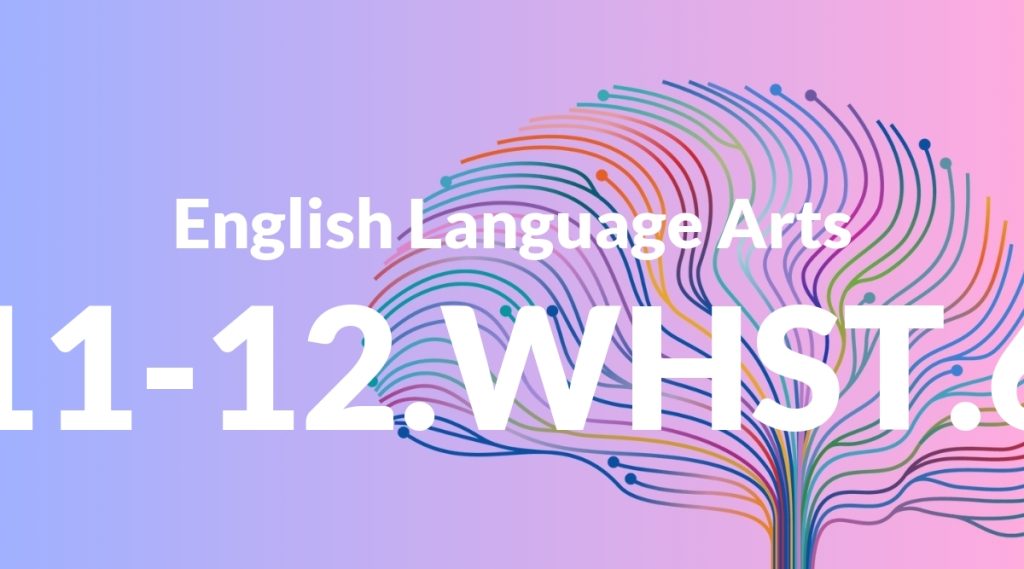Standard: 11-12.WHST.6 – Use technology, including the Internet, to produce, publish, and update individual or shared writing products in response to ongoing feedback, including new arguments or information.
Grade level: Grade 11-12
Subject: English Language Arts
Domain: Writing: History, Science & Technical Subjects
Teacher Overview
This standard emphasizes the use of technology to enhance writing skills, including producing, publishing, and updating written work. It is crucial for students to understand how digital tools can facilitate collaboration and continuous improvement of their writing. Mastery of this standard prepares students for the digital demands of higher education and the modern workplace. Students should be familiar with basic digital tools, collaborative writing processes, and the principles of effective writing, including drafting, revising, and editing.
Students will develop advanced digital writing skills, enabling them to collaborate effectively, adapt their writing based on feedback, and engage in professional digital communication. These skills are essential for success in college and modern careers.
Common Misconception 1
A common misconception is that using technology for writing is limited to just typing on a computer. This view overlooks the wide array of digital tools available that can enhance the writing process, including collaboration platforms, research databases, and multimedia elements.
Intervention 1
Introduce students to various digital tools and platforms, demonstrating how each can be used to improve different aspects of writing. Encourage hands-on practice with these tools in classroom activities.
Common Misconception 2
Another misconception is that once a piece of writing is published online, it is final and cannot be changed. This is incorrect as digital writing is often iterative, with updates and revisions being a critical part of the process.
Intervention 2
Teach students about the importance of feedback and the iterative nature of digital writing. Provide opportunities for them to revise and update their published work based on peer and instructor feedback.
Prerequisite Knowledge
Students should have a basic understanding of digital literacy, including how to use word processing software, navigate the Internet, and collaborate online. They should also be familiar with the fundamentals of writing, such as organizing ideas, drafting, revising, and editing.
Subsequent Knowledge
After mastering this standard, students will be able to effectively use digital tools to collaborate on complex writing projects, adapt their writing based on feedback, and engage in professional digital communication. They will also be prepared for college-level writing and research that requires the use of technology.
Instructional Activities
- Create a class blog where students can publish and update their essays.
- Use Google Docs for collaborative writing projects, allowing students to give and receive feedback.
- Assign a research project that requires the use of online databases and tools.
- Have students create and maintain a digital portfolio of their writing.
- Incorporate multimedia elements into writing assignments, such as videos, images, and hyperlinks.




